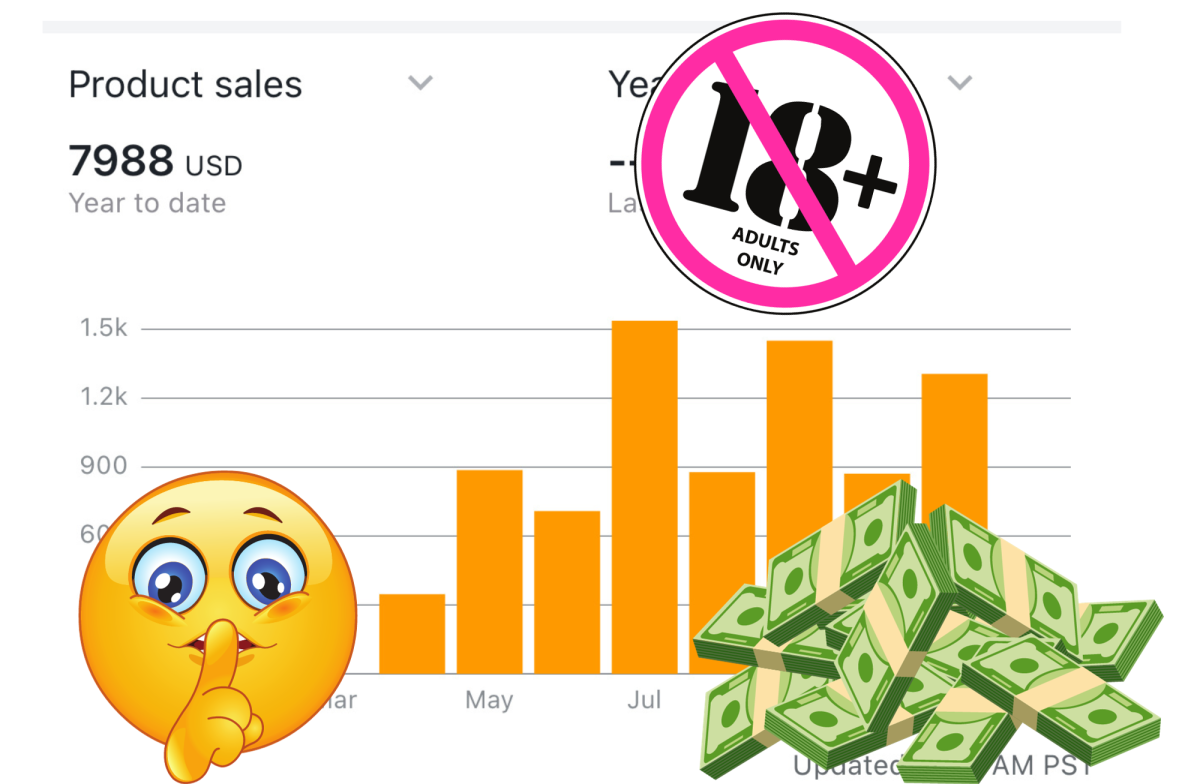OSHA 300 LOG : Accident /Incident Report Form

Employers must record any accidents that occur in the workplace using the OSHA 300 log form. This is an OSHA accident/incident report form required for recording injuries and illnesses.
These records apply to employees covered under the OSHA regulation. Employers should ensure that these records are accurate and accessible at all times.
Osha 300 Log Form Requirements
The following are the requirements for recording on the OSHA 300 log form:
- Report the death of any employee covered under the OSHA Act must reach OSHA within eight hours of the incident.
- Report in-patient hospitalization of three or more employees to OSHA within eight hours. This is if the hospitalisation was as result of a workplace incident.
- Make a summary of all work-related injuries and illnesses within a given year. This summary should recorded in the OSHA 300A log form between February and April.
- Also record injuries that resulted in the redeployment, reassignment or granting of out-of-work days.
Under OSHA, a work-related injury is one that occurs as a result of an incident in the work-place. It can also mean an aggravation to a pre-existing condition as a result of an incident in the workplace.
The OSHA 300 Log
Consider these points before recording any OSHA workplace related injuries and illnesses:
- Make a decision on whether a reported incident is recordable under OSHA 300 within seven working days.
- Establish whether the incident has happened before or whether it is a new incident.
- Make a determination on whether the injury is work-related.
- Determine the appropriate form to use for recording the incident. The most appropriate form in most cases is the OSHA 301 form. Insurance claim forms that adhere to the OSHA form format are also permitted for use as incident reports.
- Note the name of the injured employee.
- Identify the time and place of the incident.
- Classify the incident according to its severity, starting with the most serious to the least serious.
- Categorize the incident depending on whether it is an injury or illness.
Osha Accident Report Form Privacy Concerns
While the OSHA 300 accident report form is a public document, there are circumstances that call for privacy. Situations when you should omit names of employees from the accident report form include:
- Injury to intimate body parts or reproductive system organs
- Sexual assault injuries
- Mental illnesses
- Contaminated needle injuries or infections
- HIV, hepatitis or tuberculosis infections
- If an employee asks that their name is not included in the form. In this case, you replace the employee's name with the words "privacy case". You should then keep a separate confidential list of names. Where you feel that is easy for others to know the name of the employee, use your discretion in filling the form.
Workplace injuries and illnesses classification
Under OSHA 300, a workplace injury is any wound or damage to the body that results from an incident in the working environment. Workplace or occupational illnesses fall under four major categories:
- Skin disorders/ diseases
- Respiratory illnesses
- Poisoning
- Loss of hearing
- All other illnesses that are not in the above categories are also included as workplace illnesses. Examples of these illnesses are HIV, hepatitis and tuberculosis.
First-Aid actions in the OSHA 300 report form
First-aid actions recorded in the OSHA 300 log accident report form are as follows:
- Tetanus immunizations
- Non-prescription medication at non-prescription levels
- Cleaning of surface wounds
- Use of wound dressing
- Hot/cold therapy
- Support action on body parts
- Draining of fluid from blisters
- Eye patching
- Foreign body removal from the eyes using water or fluid irrigation or cotton buds
- Massages
- Drinking fluids administered to relief heat stress
OSHA 300 Log Example
Case No.
| Employee Name
| Job Title
| Date of injury/illness
| Location
| Description
|
|---|---|---|---|---|---|
1
| John Workplace
| Compensation Lawyer
| 9/11/2013
| Office
| Back injury
|
2
| Peter Injury
| Personal Injury Lawyer
| 9/12/2013
| Office
| Fracture
|
3
| Patrick Lawyer
| Compensation Officer
| 1/1/2014
| Office
| Dust in eye
|
4
| Clara Comp
| OSHA 300 Log Clerk
| 1/15/2014
| Production
| Heat exposure
|
5
| Allan Accident
| Injury Officer
| 2/1/2014
| Sales
| hypothermia
|
The OSHA 300 Log form for recording workplace injuries/illnesses
The OSHA 300 Log also contains three other columns for recording of details of incidents. These columns classify and describe the injury or illnesses in greater detail.
Employers should file the log and keep it in safe custody and used only when required. OSHA regulations state that the records must stay for at least five years. After this period has elapsed, disposal of the records in the prescribed manner can take place.
The OSHA 301 form contains a summary of all the workplace injuries and illnesses in the last one year. One must fill in the OSHA 301 form every year between the months of February and April.






